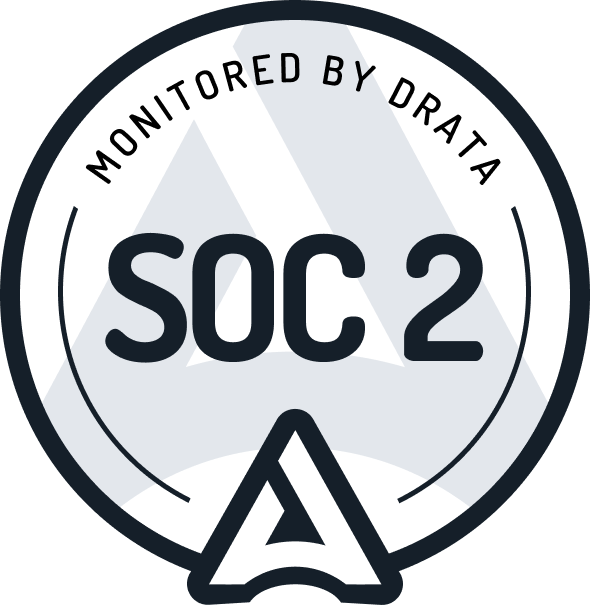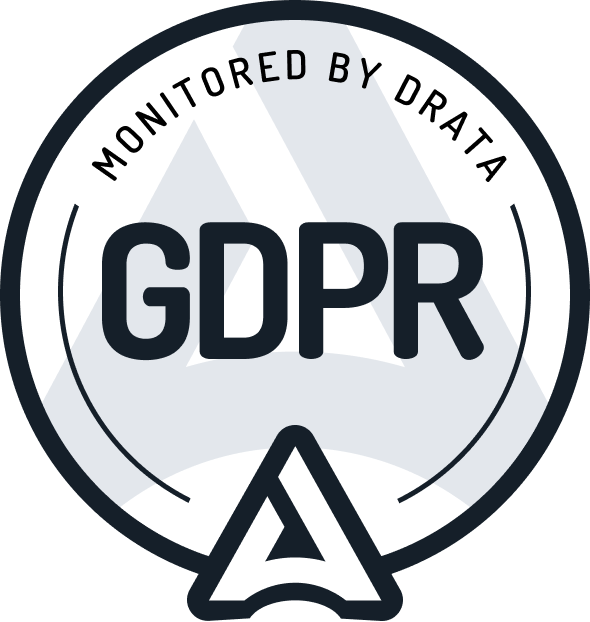
How to build a developer community - a step-by-step guide (2021)
Get notified when customers mention you online - with Crowdlens
For the more up to date version, check out this blog here.
For a developer-driven company, a healthy and strong community is everything. Although building one is not an easy task. Developers can be somewhat sensitive about how brands engage with them. The usual marketing tactics don't work with this audience, and you don't get a second chance to make a good first impression. Solely creating a community to help your company won't get your anywhere. You have to create a community with the intention to bring value to its members. But where do you begin? We created this guide to get you through the first steps of kick-starting your community and keep the discussion going.
1. Develop a community strategy
You can't force a community. It grows organically. However, you can create a structure to encourage a pattern that fits your business goal. It is essential to think ahead and plan every aspect of your community before launching it. So, before you do anything else, research precisely who it is you are trying to attract. You want to know their motivation: conduct interviews with developers, be aware of how developers use social media and what kind of social media they use, and ask friends/co-workers for insights about devs. Remember, don't try to sell them anything, instead show them how your product adds value. So map out your ideas first. Think about your brand, product, and company in the context of your community:
- What are the core values you want within your community?
- What are your community member's needs?
- What is your mission, and how does your idea of community align with it?
- What are your communities purpose and value proposition, and how will you communicate it to your members?
Leaving it up to chance and just "go with the flow" probably is not a good idea. Think about your strategy ahead of time, so you can create the community culture you envisioned.
Our advice: Think thoroughly about your community culture, value and mission before you start doing anything else.
2. Choose one platform
It is essential to know where to start your community. Our advice is to select one platform where your target members typically gather and start your community there. Figure out the best channel and format for your group of developers. Ask yourself: How many members do you want to reach? How often do you want to gather? Are there any rituals that you can implement?
When you first start, keep the number of channels to a minimum. Begin with "one general channel" and see how trends evolve. If you start with multiple channels at once, they will look and feel empty because your members will be scattered all over them, and engagement will be accordingly low. On the other hand, if you start with one channel, it will fill steady, engagement will rise, and you can directly reach your entire community through it.
When you open up a new channel, first restrict it to your founding members. Then, after a while, you can grant other community members access to it. Using a multiplier every two weeks can come in handy: 20-40-80-160. Once your community is thriving, you can open up different channels and even take over other platforms.
Our advice: Start with one platform and one general channel.
3. Pick the right people
Your first thought when building a community might be to grow as fast as possible. Don't. The first thing you need to do is build a strong core. This core consists of a handful of members who share the same views about values and community culture as you do. So again, this might sound counterintuitive at first, but start small and grow slowly.
With a small, hand-picked group of people, you can shape them and model your community the way you want. It is much harder to change directions with a large number of people. Also, think about your members. Imagine being invited to a community pre-party with another 100+ people? As opposed to feeling valued and special, you would feel insignificant and easily replaceable. You don't want that.
Instead, try starting small. Invite 10-50 members to your pre-party. Let them know that you hand-picked them to be part of your small group. Those people will be your founding members, the backbone of your community. Make sure that you can tick the following boxes for your founding members:
- They are clearly in want of a community
- They share the same values and community culture
- They have an active role in starting your community
- They are early adopters who take pride in being one of the first
- They see value in being a founding member
Don't underestimate the impact your founding members have on the development of your future community. Those founding members will interact with each other, share content, and create a culture that (hopefully) represents your vision. Other joining members will see, observe and replicate their behavior.
Our advice: Start small and grow slowly.
4. Create engagement
So, after developing a strategy, picking the right people, and choosing a platform, it is time to think about increasing your engagement. When you want to drive community engagement - content is one of the most powerful tools. Publish in a steady stream that informs, inspires, and challenges your community members. They are starving for valuable content to master your tools. For example, you can write "How to guides", blog posts, provide case studies technical articles or create documentation.
The best communities want their members to be actively involved. So offer a variety of ways to engage, learn from others, teach others, and partner up. One of the positive aspects of leading a community is that you don't have to do it all yourself. Your community will happily create content for you.
When members are genuinely involved, that is what makes a difference and turns a community into a community. The main idea is to give people a platform to share their experiences and insights about your product and the entire ecosystem around your product. Also, ask about feedback from your devs. It is a great way to help your product iterate faster and more efficiently.
Once you got something create a buzz and maintain your momentum. All communities need to grow. They are never static - always dynamic. If your community is not growing, it is dying.
Our advice: Content is your best friend for creating engagement.
5. Build relationships
Your task as a community leader is to increase engagement and grow your community. You can do this by recognizing your valuable members and giving them the limelight they deserve. For example, they share their individual member stories in a blog post or a podcast interview.
If you want to go above and beyond, you can implement a rewards system: statuses, points, badges of honours, or even give out awards. That will motivate your members to contribute productively and make them feel appreciated. Free or discounted merchandise or services are also a good way of winning people over.
Another approach is through events. They can either be online, in person, at a conference, a virtual seminar, or a webinar. You can invite expert speakers to share their projects or do live coding tutorials, whatever suits your community best. Hosting these events gives you insights into your community's interest and lets you know what kind of content works with your audience and what doesn't. We recommend you host these events regularly, at least once per quarter but preferably once per month.

Later on, when you have established a relationship with your community, you can start thinking about community-led events. Let the community members organize events themselves. It personalizes the community experience, and the hosts probably understand the community's needs even better than you.
We pointed out that the founding members provide a specific value for your community. So you should put in extra effort to let them know they are highly valued. You can do this by:
- Hosting dinners (in-person)
- Private Zoom calls
- Live experiences
- Special merchandise
- Discounts
- Asking for their opinion & feedback
- Letting them host events
- Giving away privileges and responsibilities
Our advice: Build a strong community bond through implementing a rewards system and hosting events.
6. Implement a code of conduct
A requirement for building a thriving community is creating a safe atmosphere. Your members should encounter a welcoming environment online as well as offline. You want your community to be active, share insights, gossip, learn from, and debate with each other. Sometimes developers tend to be passionate about a topic and tend to be less professional in their tone of voice. Act as a social guide and watch your participants' interactions. Interfere if necessary. The participants should feel heard and respected. However, you don't want to mingle too much in a community, otherwise, people feel monitored, and engagement will decrease.
As a leader, it is YOUR responsibility to shape the culture of your community by carrying through a healthy policy. It goes without saying that sexism, racism, harassment, and any kind of discrimination shouldn't be tolerated. You should create a code of conduct and enforce it actively. Maintaining a contact page where members can report violations and take actions when necessary sends a solid message to your community.
Our advice: Make clear there is no space for discrimination in your community by implementing and actively enforcing a code of conduct.
7. Use the right metrics
You can measure how well your community is doing with the right metrics. This is especially vital in the beginning since you want to get an overview of growth and engagement. Look how many channels are active, how many people are joining per week, and what are they doing after they join? Do they observe or actively engage through blogs and posts?
It is essential to get an overview of contributions and comments. You can also adopt a community organizing tool, which measures your community metrics. If you are interested in reading more about community metrics, check out our blog, "10 metrics you should track in your open source community".
Our advice: Find the right metrics and measure your communities growth right from the start.
Key Takeaways
1. Think thoroughly about your community culture, value and mission before you start doing anything else.
2. Start with one platform and one general channel.
3. Start small and grow slowly.
4. Content is your best friend for creating engagement.
5. Build a strong community bond through implementing a rewards system and hosting events.
6. Make clear there is no space for discrimination in your community by implementing and actively enforcing a code of conduct.
7. Find the right metrics and measure your communities growth right from the start.
Get insights to your inbox.
Once per month. No spam.


.png)





